The We Hear You creative team put a lot of thought into the structure of our gatherings. In addition to the stories themselves, we wanted to weave generative connections. We thought of fungal networks running deep below the forest floor: beneath the individual “mushroom” of each separate story or performance, we envision a mycelial tapestry of collaboration and exchange. The relationships, we reminded ourselves, are the work. Ashanee Kottage, a storyteller and project facilitator, reflected, “Our storytelling sessions were not just a digital site for telling tales but also a garden where connection, solidarity, and hope flourished.”
For each two-hour session on Zoom, we imagined a community gathered around a campfire in a moment of crisis, swapping tales to make the dark less lonely, inviting mythic perspectives on superstorms and habitat loss and heat waves that go on and on.
For each two-hour session on Zoom, we imagined a community gathered around a campfire in a moment of crisis, swapping tales to make the dark less lonely, inviting mythic perspectives on superstorms and habitat loss and heat waves that go on and on. Even though we convened on a digital platform, we used performing arts strategies to offer an embodied experience of sharing. We began with a shared breath, a full body scan, and a meditation that broadened our focus from our feet to the ground beneath us, then outward to the other species surrounding and sustaining us.
After an opening reflection from the project team, storytellers chimed in one by one, reading, improvising, or performing their pieces for the group. Participants were invited to share in the language of their choice, with live interpretation available as needed. (Our Doha-based producer, Wijdan Al Khateeb, also accomplished marvels in her coordination of time zones; session call times rotated across a twelve-hour window in order to welcome artists from Hawai’i to Nepal.)
Following a break, we led reflections based loosely on Liz Lerman’s Critical Response Process and played word association games designed to highlight mutually resonant images, phrases, and themes. Certain motifs kept popping up, including the wisdom of grandparents and elders; creatures, like butterflies and mermaids, that move between earthly and imagined realms; and the inseparability of the climate fight and other movements for liberation.
From these stories and reflections I learned, viscerally in a way I had not experienced before, the ways that climate and so many “other” issues are inextricably linked. Ilyess, from the temperate grasslands surrounding Kharkiv, Ukraine, and now a refugee in Berlin, calls out the ways that Russia’s invasion is directly funded by continued demand for fossil fuels. Meanwhile, in the Mediterranean forests and scrub of Palestine, Fidaa resists the environmental consequences of occupation. Amid the temperate broadleaf forests of the United States, Yebin documents the ways that white supremacists fetishize the “purity” of national parks. Nothing is truly separate.
While political and business leaders continue to neglect and obfuscate this insight, We Hear You hopes to offer definitive evidence—to present and future audiences alike—of the rising generation’s unshakeable awareness.
The centrality of climate in these pressing current matters contradicts a widespread tendency of imagining the climate crisis (still) as something yet to come. As one character says in the performance at Dramaten, “The future is already here.” While political and business leaders continue to neglect and obfuscate this insight, We Hear You hopes to offer definitive evidence—to present and future audiences alike—of the rising generation’s unshakeable awareness.
“These young people’s stories offer a unique snapshot of an important moment in global history,” said Helene Larsson Pousette, a diplomat and curator who, in her role as cultural counselor at the Embassy of Sweden in Washington, DC, has been instrumental in assembling the international coalition of diplomatic, cultural, and academic institutions behind the project. (We Hear You is a collaboration between Dramaten, the Embassy of Sweden, and Georgetown University’s Earth Commons and Laboratory for Global Performance & Politics.) Helene has also led the project’s partnership with the Stockholm City Archive, which will house the stories and materials from the creative process in perpetuity.
“How history is written is often based on what researchers find in the archive,” she said. “But young people’s voices and engagement are not often preserved—nor, for that matter, are artistic processes.”

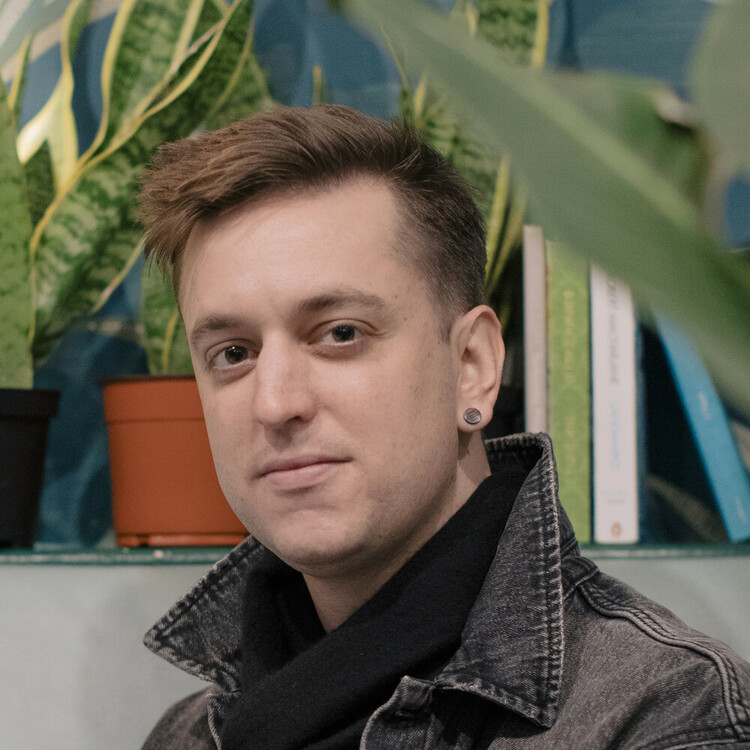
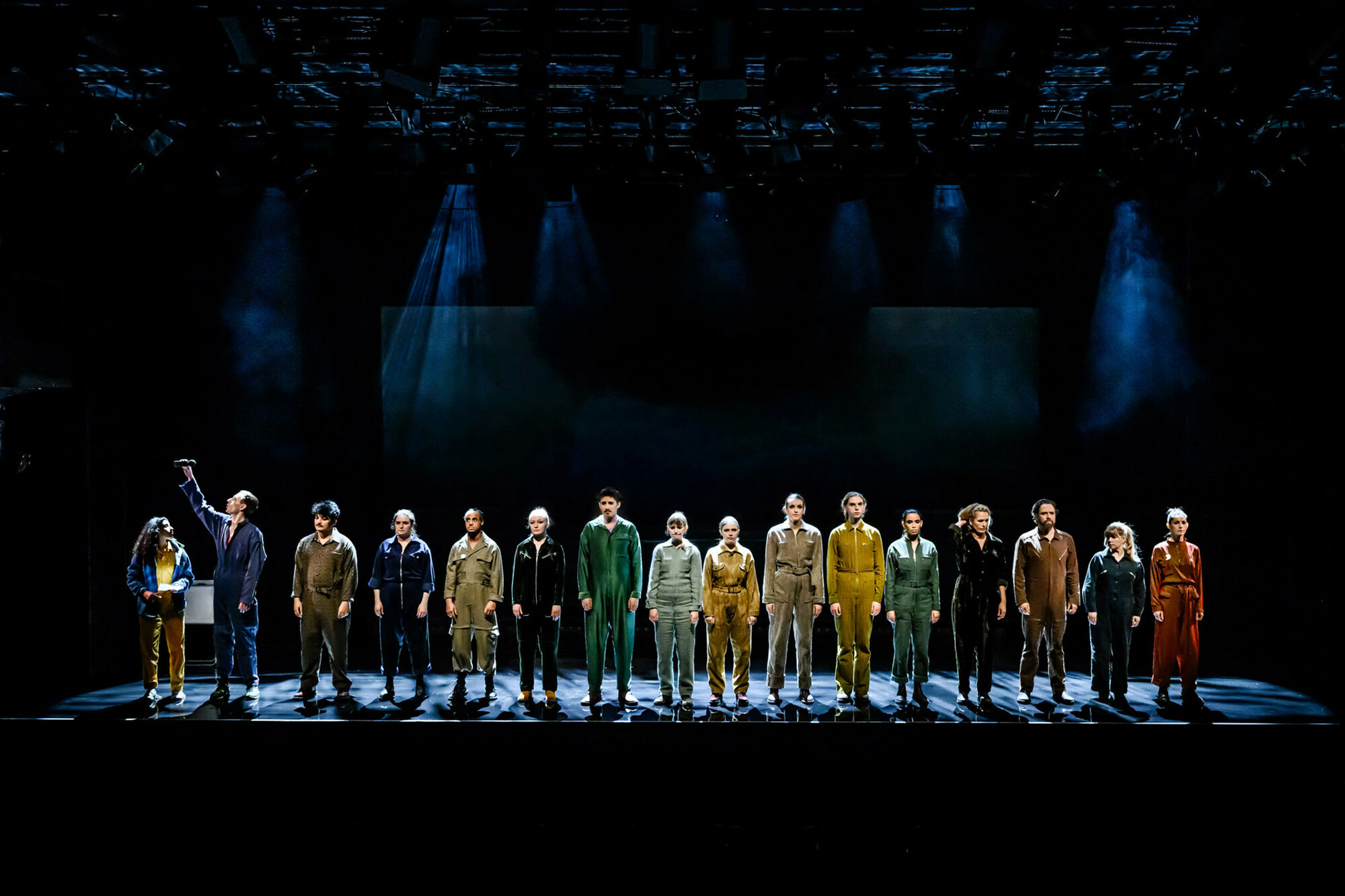
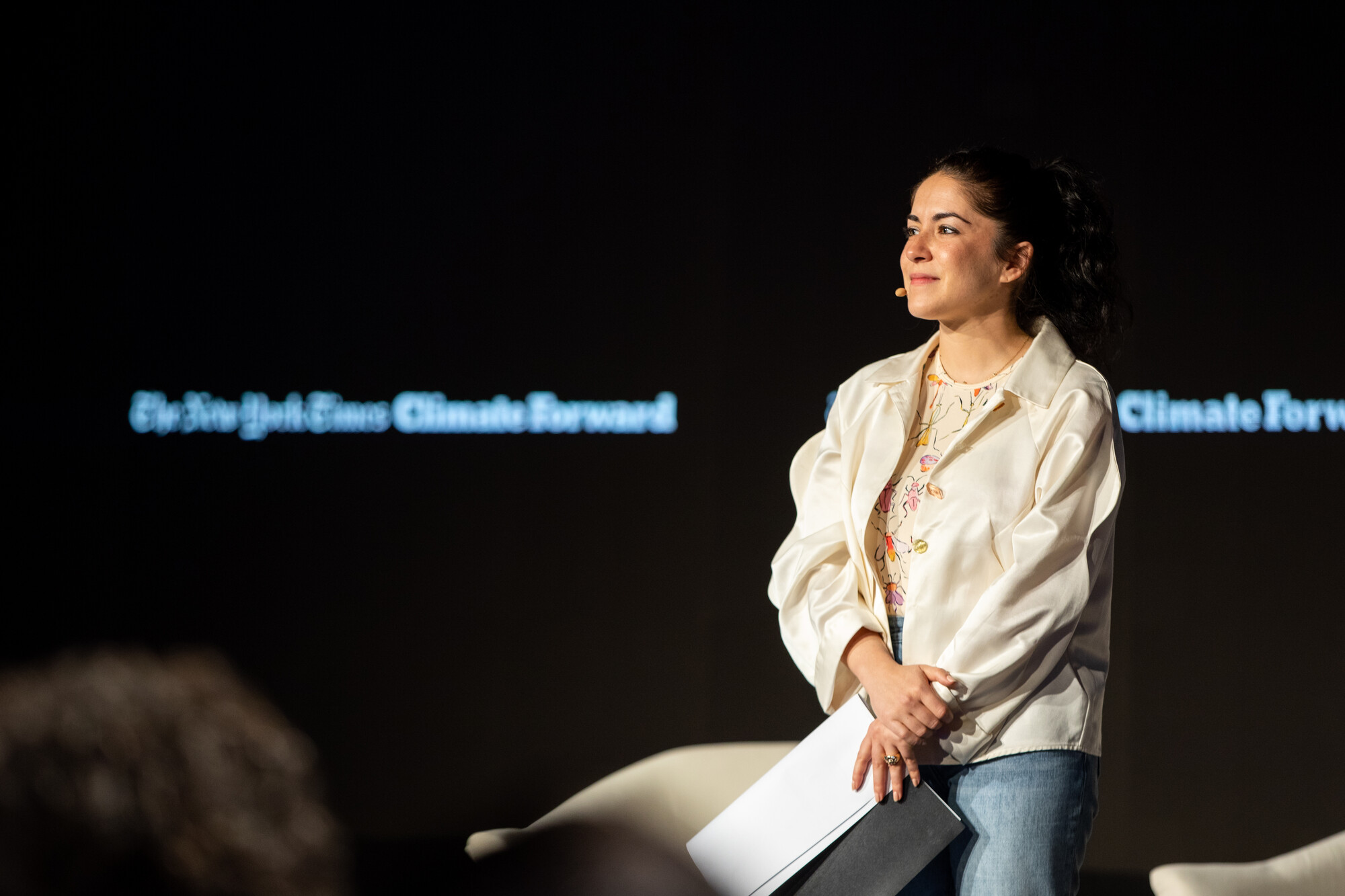
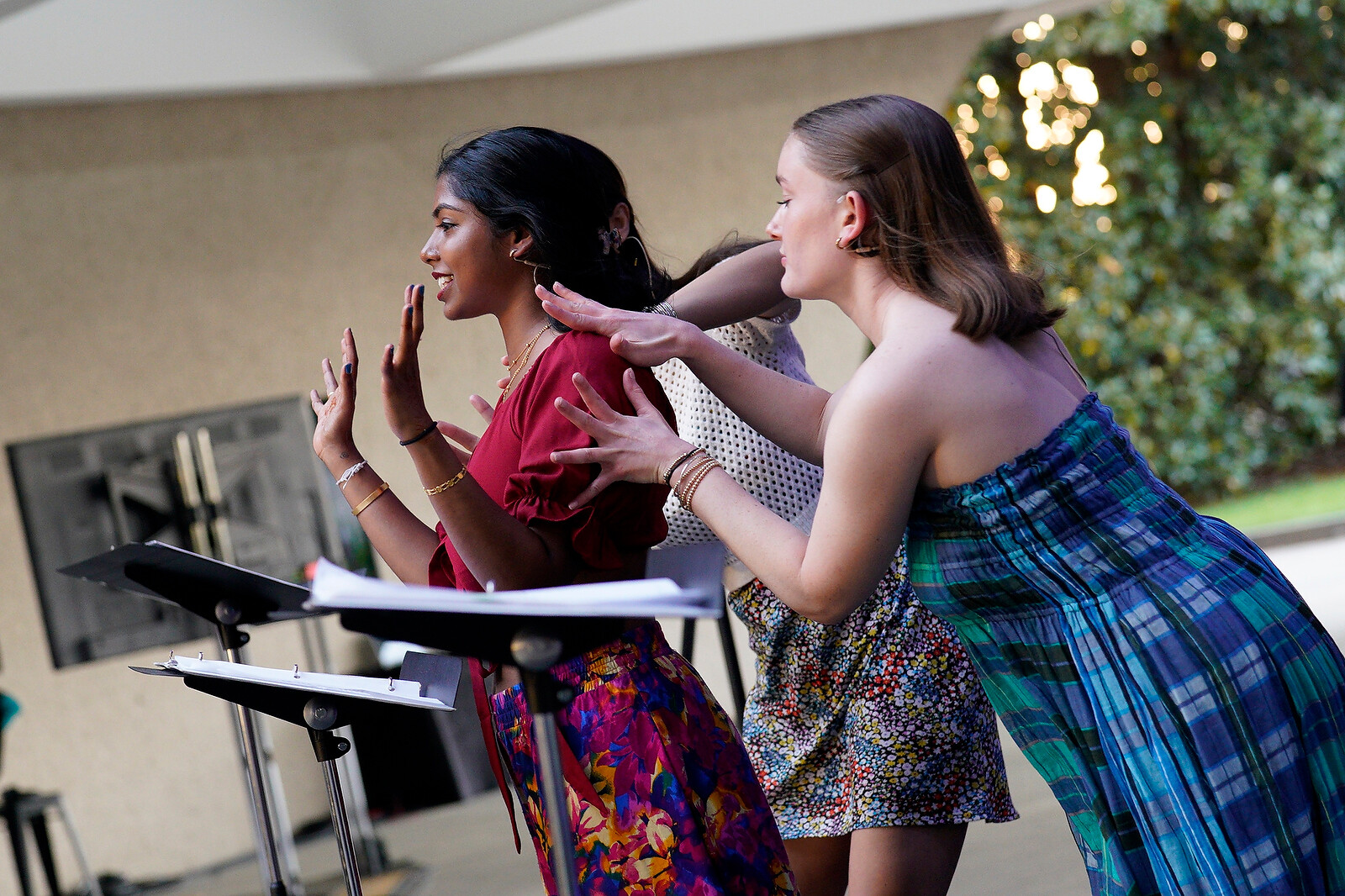
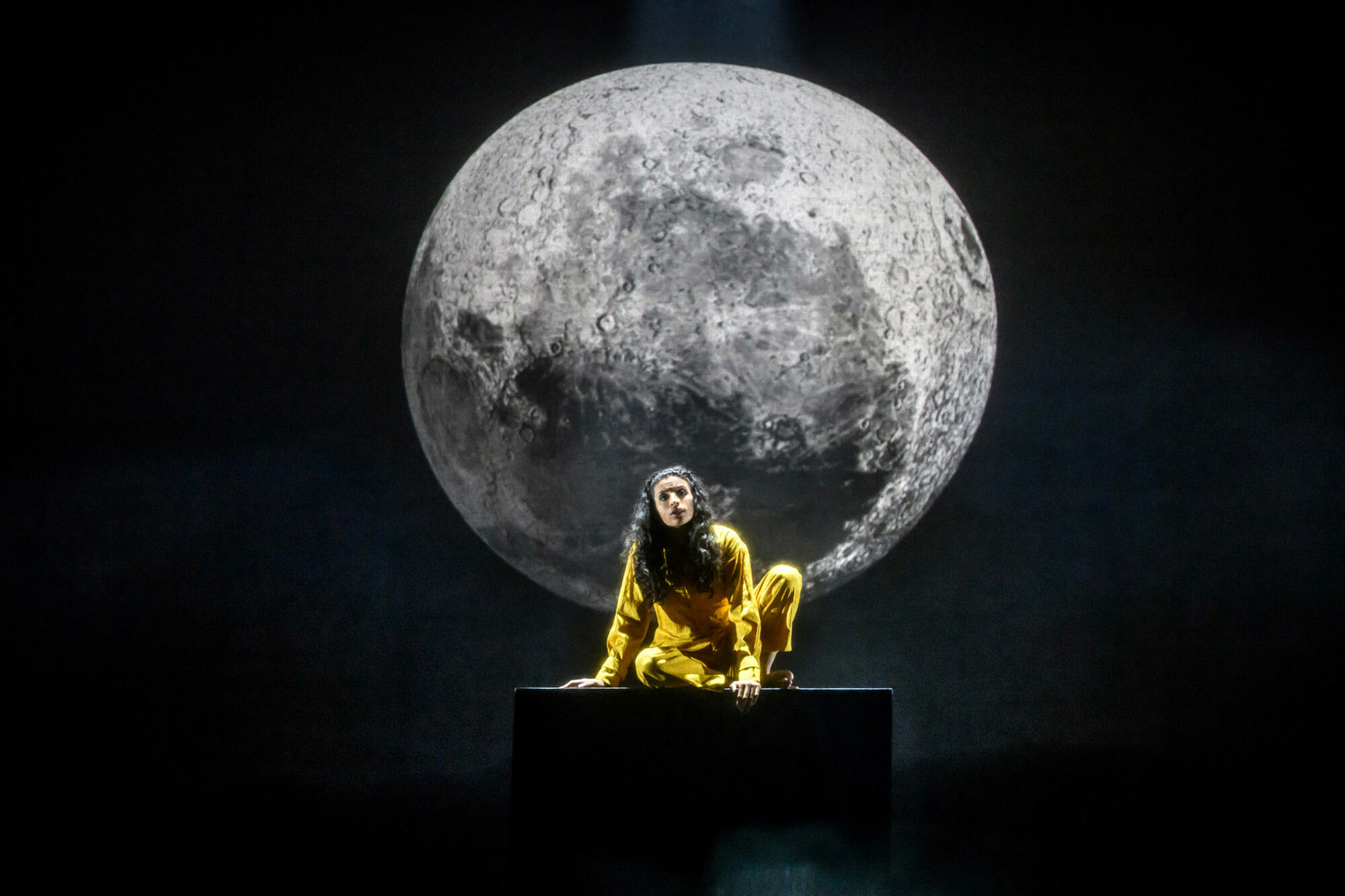
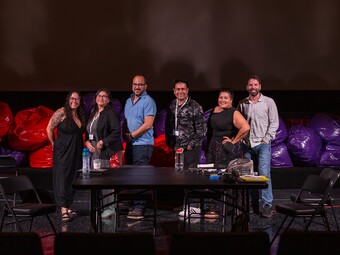

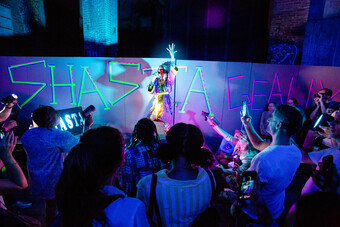

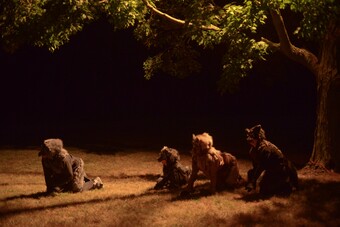

Comments
The article is just the start of the conversation—we want to know what you think about this subject, too! HowlRound is a space for knowledge-sharing, and we welcome spirited, thoughtful, and on-topic dialogue. Find our full comments policy here